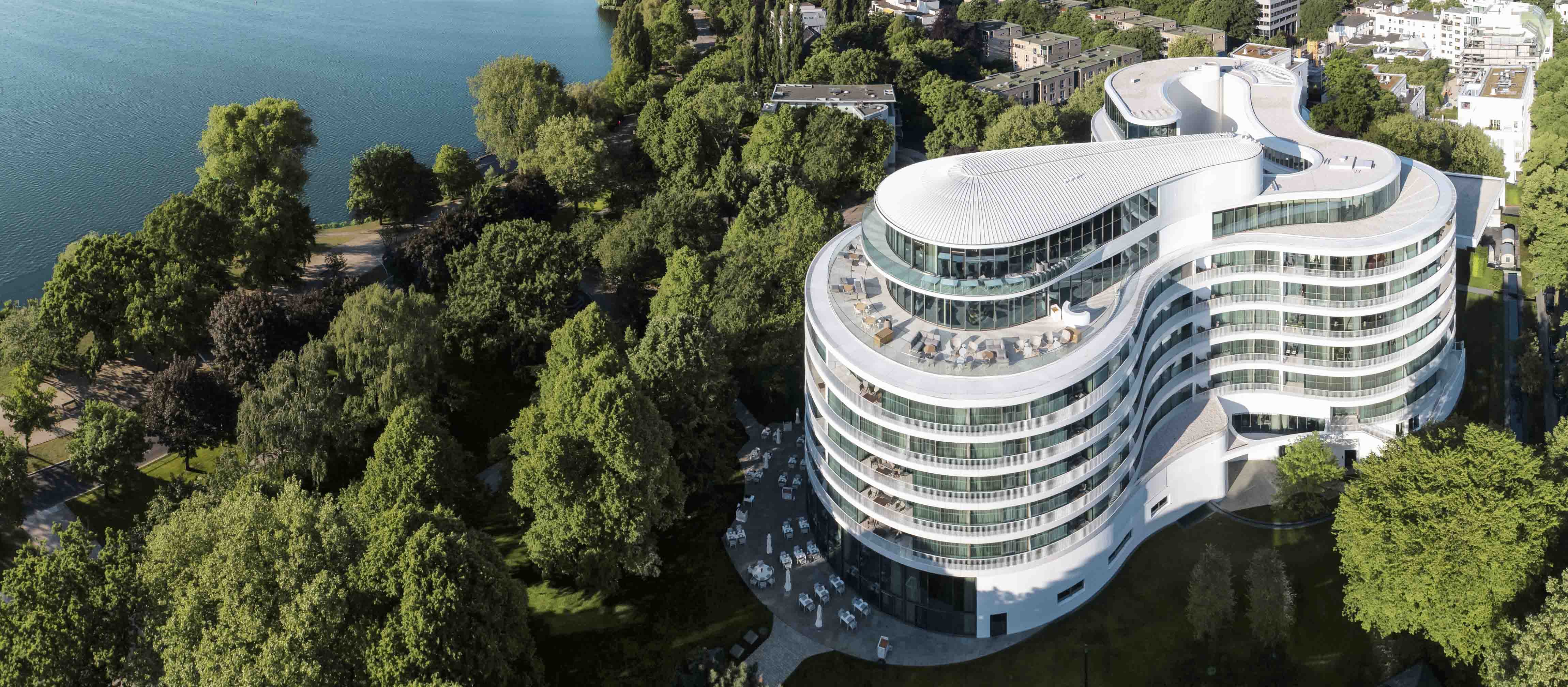The Fontenay hotel is a reflection of modern Hamburg, an homage to Germany’s largest waterfront city. Located on the tranquil banks of Lake Alster in the heart of the city, the hotel is a true modern classic, epitomizing pure lakeside luxuryshile offering a contemporary and cosmopolitan way of life.
Its sculpture-like architecture creates a perfect balance between nature and urbanity.
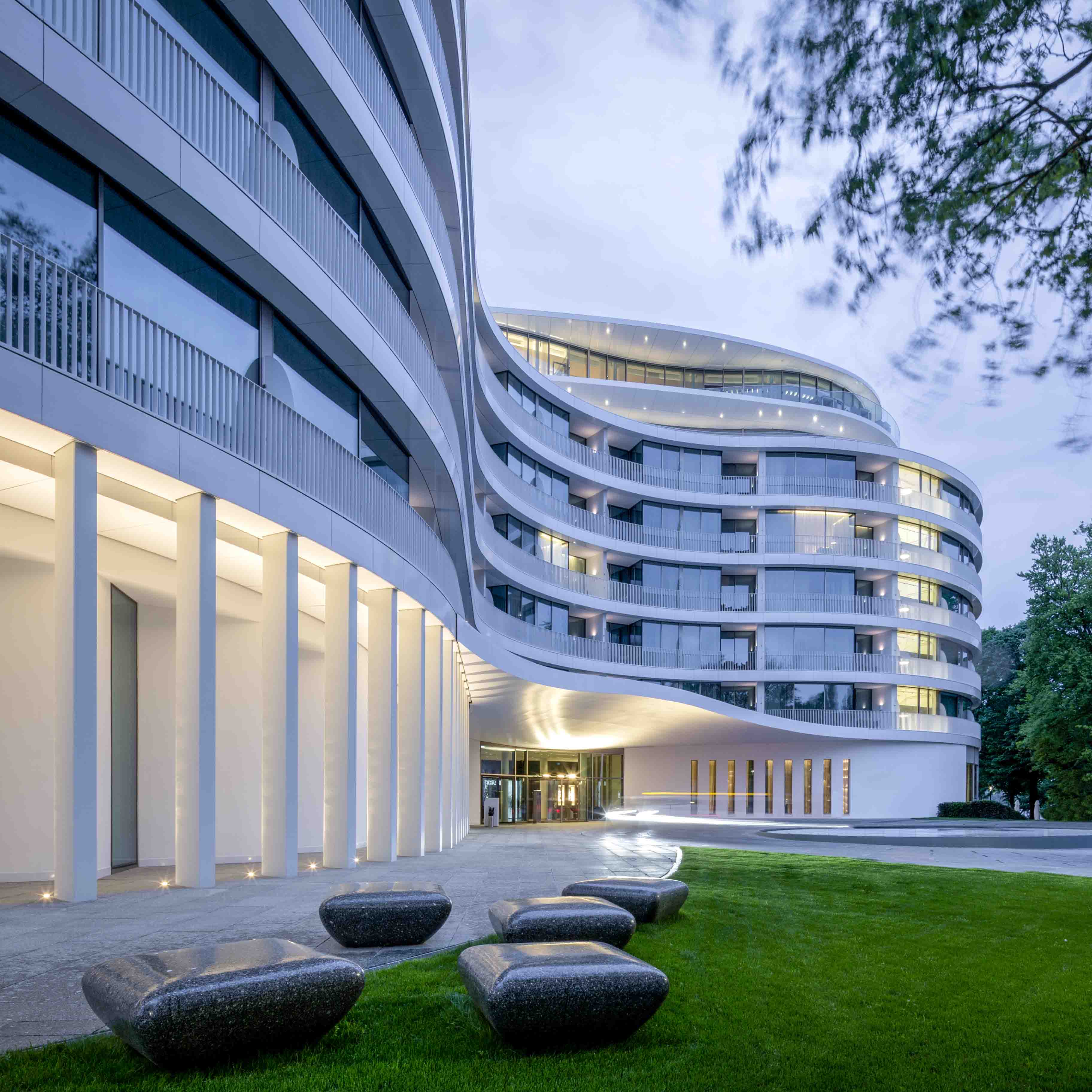
The Fontenay Hotel is a reflection of modern Hamburg and an homage to the Hanseatic city. Located on the shores of the Outer Alster Lake, this “modern classic” forms a unique symbiosis of urban nature and cosmopolitan lifestyle. The fascinating sculptural architecture houses 130 luxurious rooms and suites. At the heart of the building, an impressive 27-metre high atrium features a glassed-in garden courtyard. Parkview Garden Restaurant offers a multifaceted cuisine, while the Fontenay Bar creates a relaxed atmosphere with breathtaking views across the Alster Lake. The gourmet restaurant, Lakeside, is situated on the 7th floor above. Four event spaces with daylight illumination ranging from 48 – 220m2 can be hired for conferences and events. High above Hamburg’s rooftops, an area of 1,000 m2 offers an exclusive spa experience with a 20m indoor/outdoor pool. The Fontenay Hotel is a member of the Leading Hotels of the World.
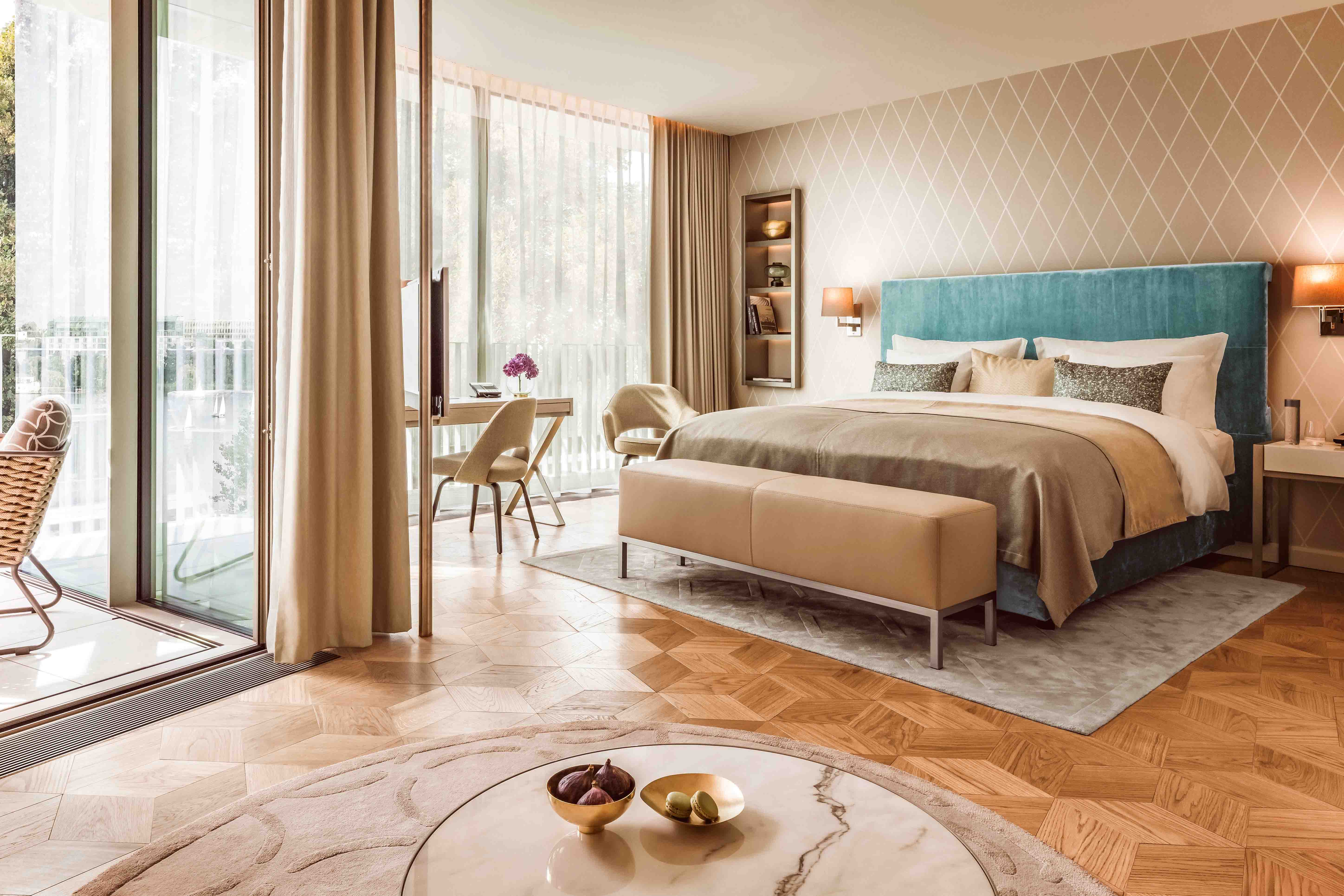
The hotel is named after John Fontenay, one of the most successful Hanseatic merchants of the early 19th century. Presumed to have been born in 1770 in Pennsylvania, USA, he arrived in Hamburg in 1800, and swiftly made a career in the shipping business. In 1802, he married a wealthy widow, Anna Catharina Kirsten, who brought 4 children into the marriage. Despite the damaging effects of the Napoleonic wars on trade, and the family’s departure from Hamburg between 1810 and 1814, John Fontenay was able to build a substantial fortune. Following his return to the city in 1814, he used his success to purchase a range of plots outside the Wallring area, near Dammtor. At the time of his death, Fontenay owned more than 80,000m2 of land in the city’s best locations. Today, many street names like ‘Fontenay Allee’, or ‘Klein Fontenay’ as well as his carefully restored home and garden point to the history of these idyllic estates. This inheritance is currently managed by the Fontenay Trust and unites the descendants of John Fontenay’s stepchildren.
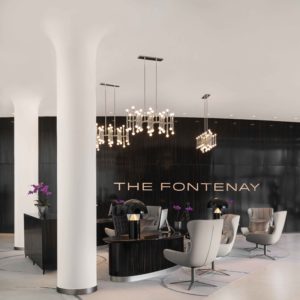

NATURE AND WATER: LAKESIDE LUXURY
The Japanese call Hamburg “The green city in the woods” – and not without reason: 27 per cent of Hamburg comprises natural areas. The Fontenay is situated in one such natural area on the south- westerly shore of the Alster Lake. It’s a magical, beautiful place of nature and tranquillity, right in the heart of the city. It can be described as an urban resort. Thanks to the unique architecture the entire building is flooded with light; 14,000m2 of glass surfaces offer views across the Alster Lake, the hotel gardens and neighbouring areas. And while the infinity pool seems to merge with the lake, the boundaries between interior and exterior fade. A short walk along the Alster takes visitors to Hamburg’s most fashionable districts, city centre, shopping areas, port, and the new HafenCity. As the epitome of pure ‘Lakeside Luxury’, The Fontenay represents the perfect balance between nature and urban living. The hotel is a prime example for the global mega trend ‘Urban Nature’.
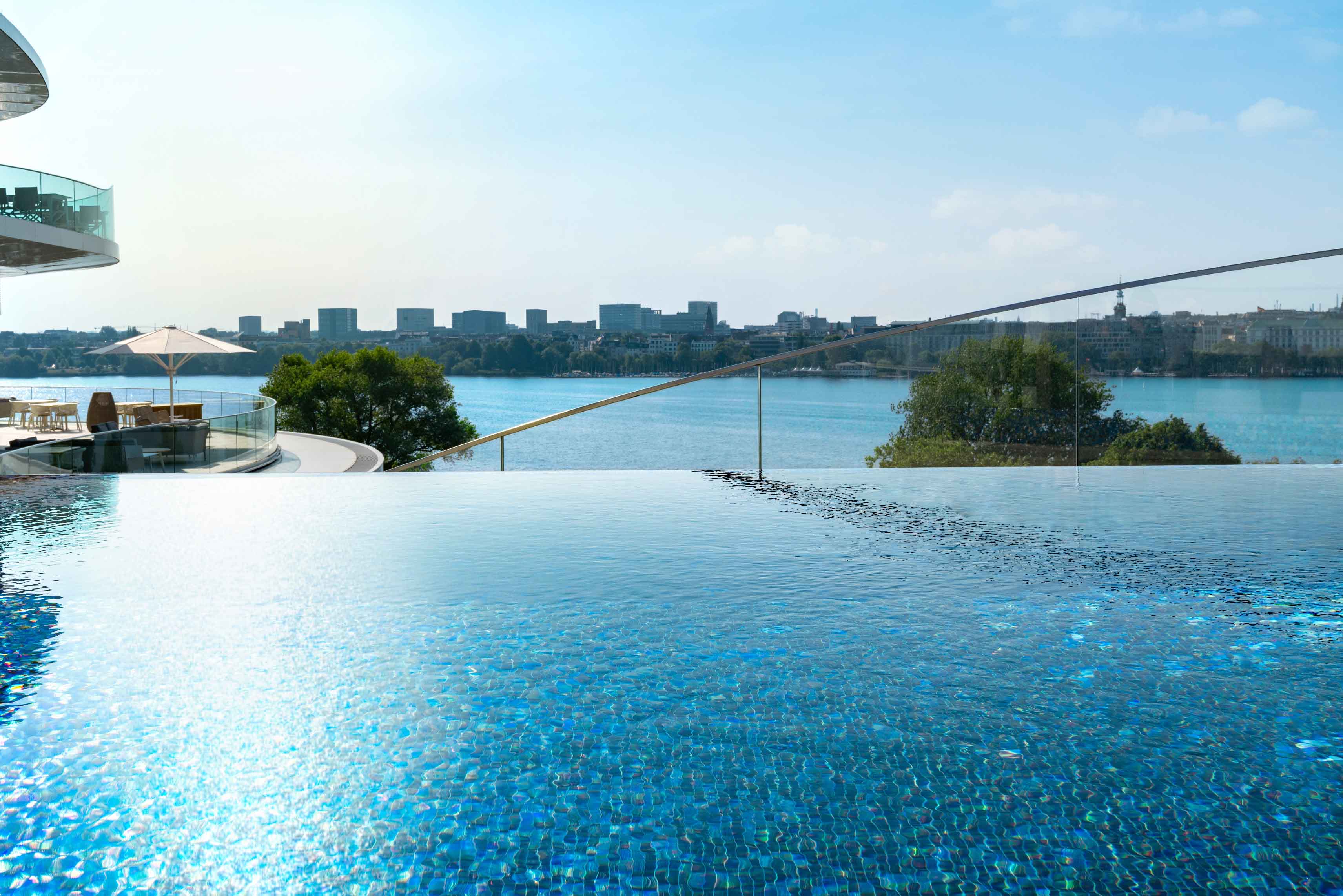
A look at the area surrounding The Fontenay quickly reveals how green the city of Hamburg is. In the Rotherbaum district, English Tudor style architecture meets the classic grandeur of buildings from the Wilhelmanian period. Thanks to the ‘Alster Ordinance’, white is the most dominant colour of the impressive, yet unobtrusive buildings. The area features expansive parks, numerous foreign consulates, the University of Hamburg, the North German Broadcasting Corporation (NDR) as well as the Museum of Ethnology. Of course, the Alster Lake is always a draw with its park- inspired shores and water sports activities, including paddle boarding, sailing and rowing.
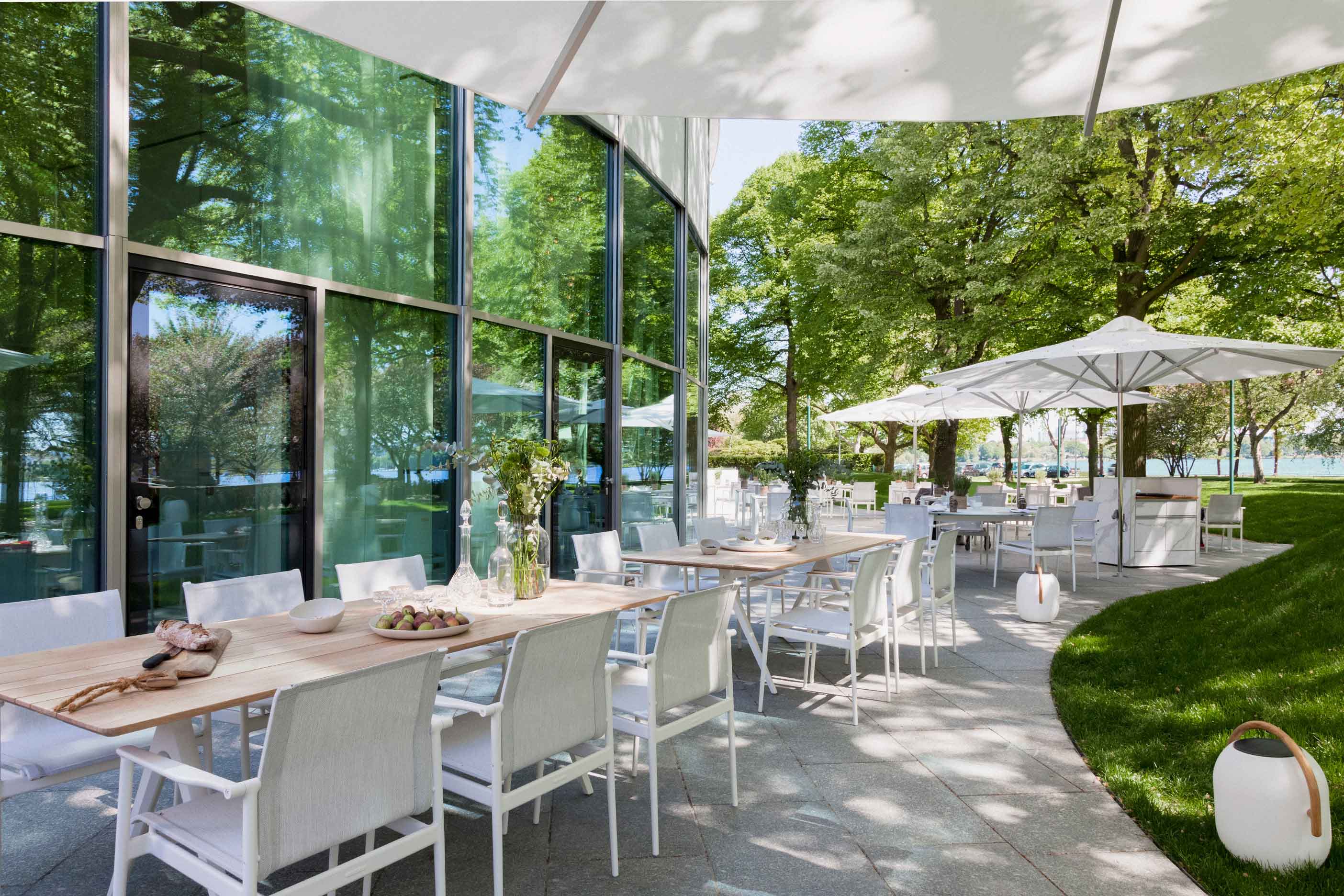
The lake-facing side of The Fontenay plot is made up of an expansive green area with 130-year old plane trees. The 7m wide drive offers ample space for three cars to park side by side. It leads to the centrepiece, the ‘Heaven Mirror’, a mosaic 13.6m in diameters. More than 200 granite blocks arranged in a circle and weighing 100 tons reflect the sky and the surrounding trees when viewed from above.
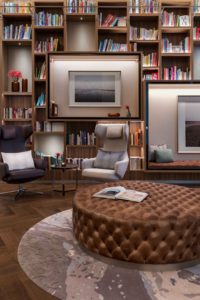

‘Hotel in the Park’, this is how architect Jan Störmer entitled his vision when he began his first drawings. The amorphous shape with its sculpted roofscape evolved from three intertwining circles. They blend seamlessly with their surroundings, creating a balance between nature and the urban sphere. The organic shape means the hotel has no backside; it’s surrounded by trees and flooded with light. The three circles intertwine and narrow in the centre where the elevators and the glassed-in courtyard, featuring trees, as well as the 27 metre high enclosed atrium, can be found.
The circular theme continues throughout the building; the shape of the facade is either concave or convex, no wall is parallel to the other, only the guest rooms are separated by straight walls. The hotel was conceived with all rooms facing outwards.
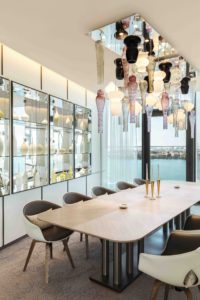
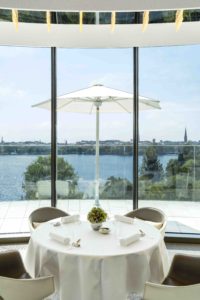
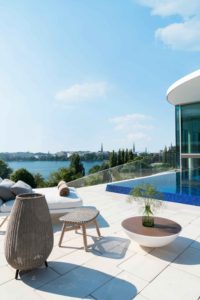
The Fontenay architecture is the work of Jan Störmer – born in 1942 in Berlin – and his architectural practice Störmer Murphy and Partners. Jan Störmer has significantly shaped the realm of architecture in Hamburg. He has an extensive role as judge in architectural competitions and holds lectures in Germany and abroad.
The Fontenay is a made-to-measure piece – the organic, curvaceous architecture commands that all the furniture is equally individual and custom-made. As Jan Störmer explains, “the shape of the hotel is so strong, it’s only natural that every piece of furniture must take this into consideration”.
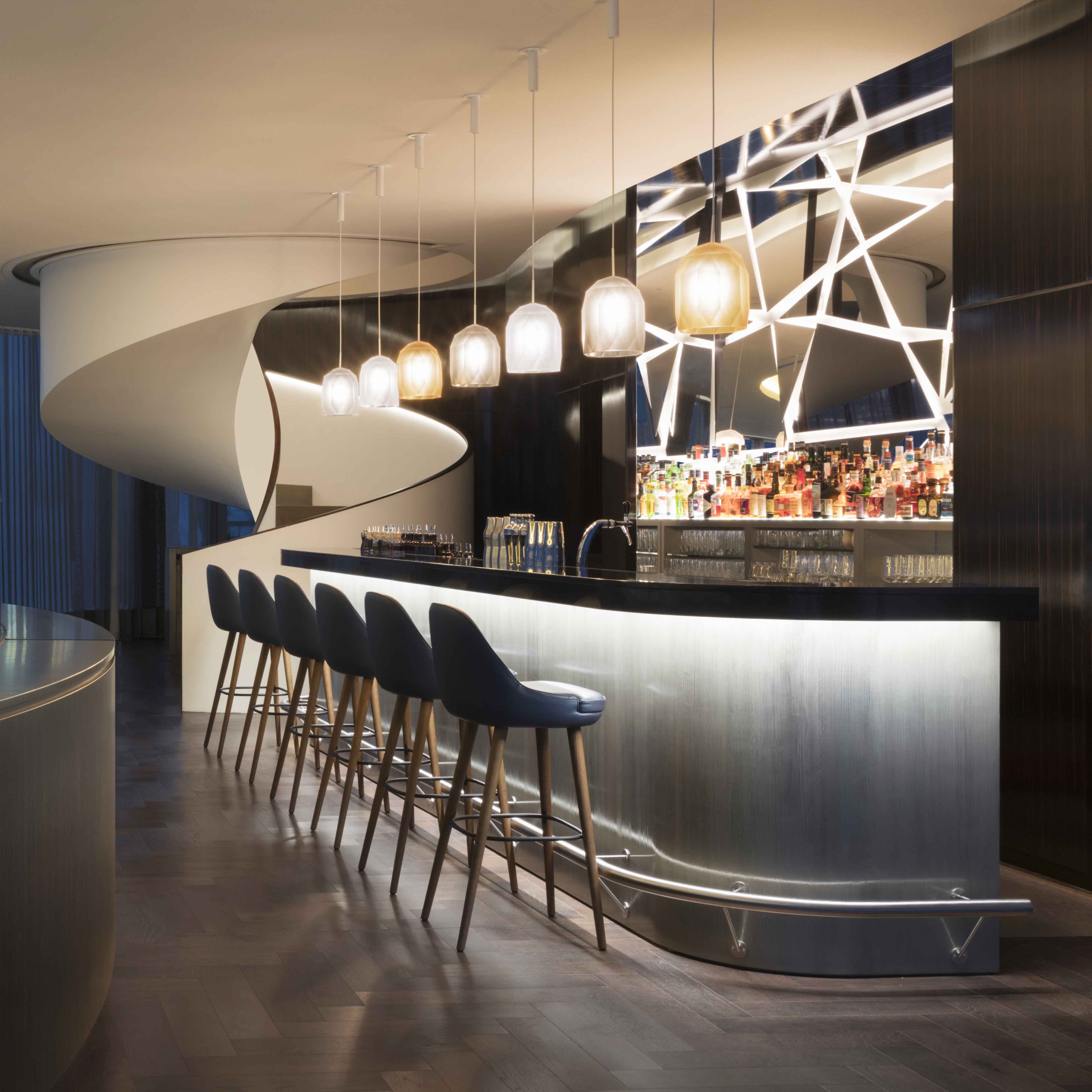
The interior is also filled with round, organic shapes – from the semi-circular 25 metre long sofa in the atrium, and the circular lamps in the events area or the semi-circular rugs in the room corridors. The interior’s colour palette exudes harmony: light beige, green onyx walls, warm whites, turquoise and royal blue accents reflect nature.
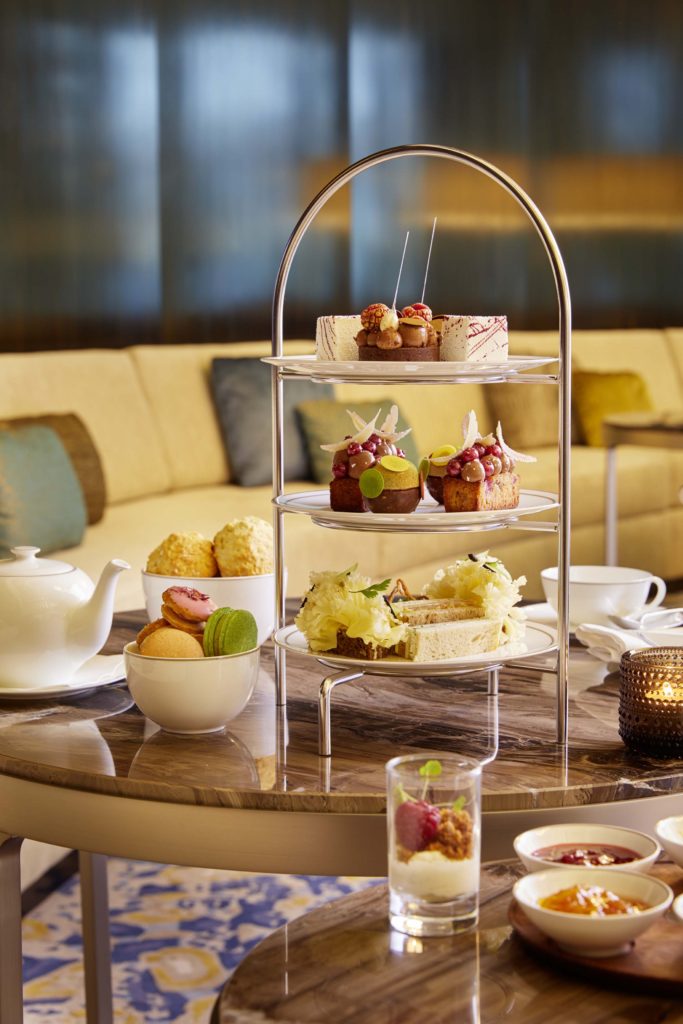
Everything – from the terrazzo floors in the public areas to the parquet flooring, the granite stone and hand-tufted rugs – has been individually selected and designed for the hotel.

